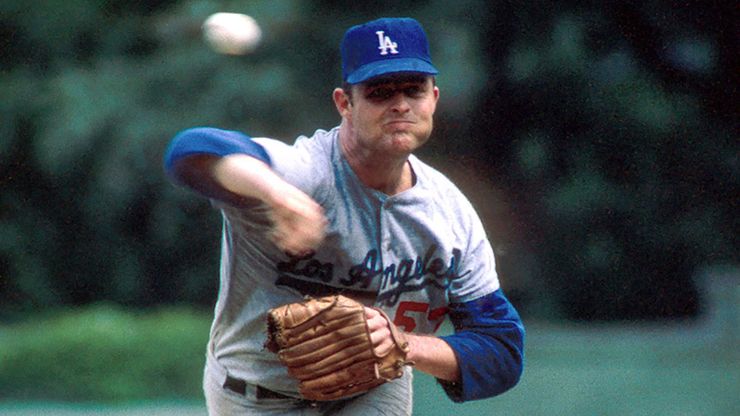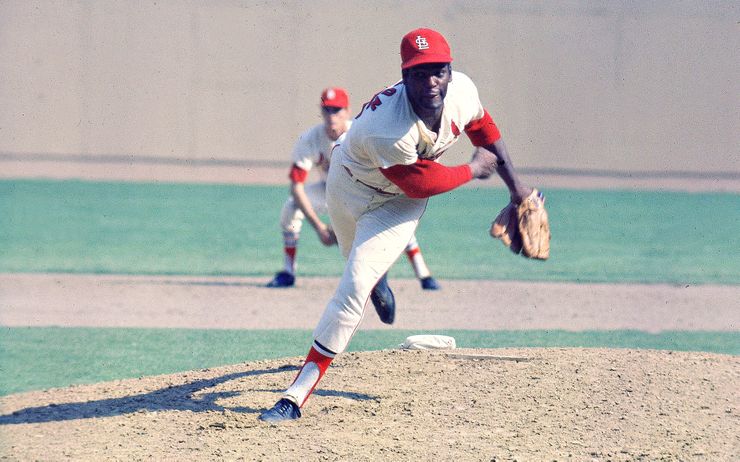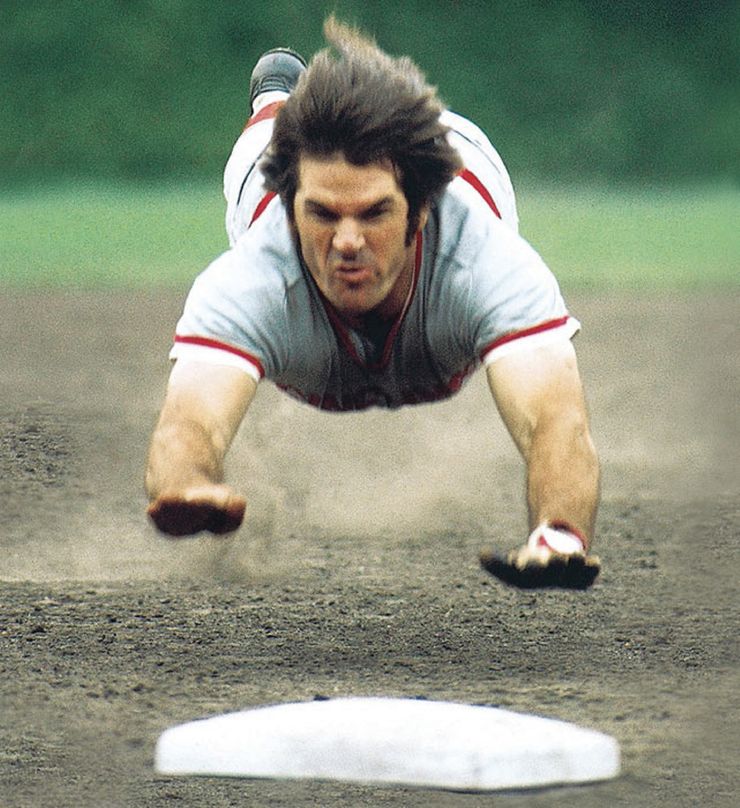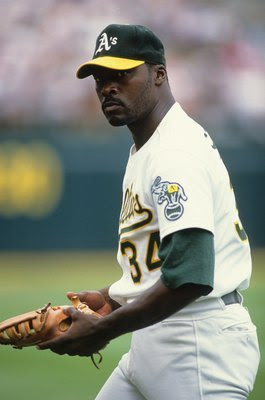The Role of Body Language in Competition

Body language has an effect on decision making.
There are great poker players that have a special ability to influence other players at the table to either lay down their hand, bet big, or just stay in the game, and there are bad poker players who signal their hand to every player at the table. The body language of a poker player tells others at the table, how good they are, how experienced, how confident, how excited they are about their hand and how scared they are in that moment. Poker is an example of how an inability to control your body language and remain even keel can lead to your demise.
So how does this relate to baseball?
In every game, hundreds of decisions are needed to be made by a player, coach or manager, with sometimes only seconds being given to the decision-maker to analyze the decision and pull the trigger. Advance scouting and data analysis play a major role in game planning and decision making. With every movement on a baseball field being tracked and captured on video, data analysts and artificial intelligence are able to pull out every quantifiable variable and create projection models predicting the result of any situation. This matched with video analysis and advance scouting result in-game plan creation for pitchers, hitters, and defense, allowing players and staff to be prepared to make decisions during the game at moments notice.
One thing that is not calculated into matchup grids and projection models are uncountable variables. Uncountable variables center around the human element. One team having the other team’s signs, a player having troubles at home, or a player being devoted in the last week to changing his swing are all small examples of uncountable variables that would alter projection models if there was ever a way to calculate them.
A large amount of the decisions that are needed to be made each game are near 50/50 decisions where the uncountable variables can sway the projection models one way or the other. When each decision is made and executed, it needs to be performed with 100% conviction. Pitchers will always have the power to shake off and catchers will always have the ability to veer off from the game plan. Managers will always have the power to trust their gut, and fielders will always rely on their internal game clock and intuition that has been developed over the years playing the game, reading swings, and watching body language.

- 3-0 green light?
- Fastball or Slider?
- Throw in the zone or not?
- Bunt or hit and run?
- Which pinch hitter?
- Green light on bases?
- Take him out/leave him in?
- Pitch out or pick off?
When these 50/50 difficult decisions are presented, “gut instinct” usually comes in to play, where years of experience through success and failure have built a library of cues to look for in decision making that will have an impact on the outcome. These memories are stored deep in your brain, at a subconscious level firing millions of nerves, giving you those “gut” feelings or intuition. One of the things as humans we have intuitively paid attention to since birth, and plays a huge role in our behavior and decision making is the body language of others.
There is no analytical way to determine the exact power body language has to shape the action of an opponent, but those who have played or watched the game for a long time have all seen examples of this coming into play.
We have seen the pitcher who is scared to death to throw a strike, and the hitter with zero confidence at the plate. We have seen the fearless pitcher on the mound, unafraid to throw his mediocre fastball down the middle of the plate, and the hitter who swings confidently out of his shoes, almost knowing he was going to get a fastball out over the plate. Great players carry themselves with confidence, through good times and bad, never showing signs of frustration, intimidation or fear. Lesser players, lay their cards on the table. They show frustration, fear, anger, over-excitement, and anticipation.


It is impossible to quantify a value that confidence and attitude have on a result, but I know first hand it does have power in shaping an event. I have had experiences as a player where my gut was screaming the pitcher was going to throw me a breaking ball after watching shake off the catcher with fear. I have had experience as a minor league manager of feeling confident or not in a decision to pinch-hit by the look of confidence and readiness the hitter on the bench has displayed.
Competitors subconsciously look everywhere for cues to help them in decision making, and a primary source is deciphering the opponent’s state of mind through his body language.
Everything is paid attention to. Competitors subconsciously look everywhere for cues to help them in decision making, and a primary source is deciphering the opponent’s state of mind through his body language. How a hitter walks up to the plate, where he stands in the box, how he reacts to a certain pitch. Everything is looked at, and the same holds true for the pitcher on the mound.

Drysdale also famously adhered to the “knock down one of mine, I knock down two of yours” policy of retaliation, and his reputation was well known. Of Drysdale’s beanings, fellow Hall of Famer Frank Robinson once said, “He was mean enough to do it, and he did it continuously. You could count on him doing it. And when he did it, he just stood there on the mound and glared at you to let you know he meant it.” Top 20 Most Intimidation Players in MLB History

“For my money, the most intimidating, arrogant pitcher ever to kick up dirt on a mound is Bob Gibson. If you ever saw Gibson work, you’d never forget his style: his cap pulled down low over his eyes, the ball gripped – almost mashed – behind his right hip, the eyes smoldering at each batter almost accusingly. [He] didn’t like to lose to anyone in anything. Bob was a man of mulish competitive instinct.” – Tim McCarver

The man nicknamed Charlie Hustle intimidated opponents with his style of play, and Phillies’ executive Bill Giles once said of Rose that “there was a sense that [Rose] wanted it more than we did and we didn’t like that. When you see a guy hit a clean single and turn it into a double that can be intimidating to a team. It had an effect on us.”
The best pitchers and hitters are poker players. Even keel. Same every time. They carry themselves as confident, intense competitors. They always maintain a presence of being in control of the moment. They are slow with their actions, the chin is up, eyes are focused and shoulders are back and relaxed. They are never rattled, rarely showing emotions such as anger and excitement, but never confusion or disbelief. In moments of failure, they are never intimidated and are eager for the next moment to arrive where they can reestablish their dominance .
There are a lot of players out there that love to think that they “would have confidence and swagger too if only they were putting up the same numbers as those great players”, but what if part of the reason the great players put up the numbers they do, is because of the way they carry themselves day in and day out.

Dave Stewart Death Stare
From 1987 to 1990 Dave Stewart won at least 20 games and was one the games best pitchers. His “Death Stare” gave him a presence on the mound that every AL hitter of that era felt deep in their soul.
Bullet Points
- An attitude of success is created through small wins.
- Carry yourself like a winner, believe you are a winner.
- “If you want to change the world, make your bed.”
- Confident body language, turns into a confident attitude.
- Confident body language has an intimidating presence on an opponent.
- A player can alter the competition landscape in his favor or against, based on his body language and ability to read his opponents.
- Opponents are constantly trying to decipher an opponent’s body language searching for weaknesses to exploit.
- The best athletes are even keel, maintaining a confident, intimidating attitude that have a positive impact on teammates and results.
STORIES
Knowing My Opponent and Trusting My Gut
In 2011, I was playing for the Cleveland Indians, and got a start at first base on a midweek day game with Justin Verlander on the mound against us. my first at-bat of the game against him, I had a long 2 strike at-bat that resulted in a home run to left field. When I came up against him for the second time, he started me off with a hard fastball right down the middle of the plate that was in the catcher’s glove by the time I swung. The second pitch was a little higher and little harder, with a grunt added to it, and was swung and missed again.
I stepped out of the box and a memory flashed before my eyes. My brother, who was an amazing story teller, told me a story once about the one time he had hit a home run off Verlander. He would say how he walked up to the plate for the at bat after the home run with a confidence and swagger like he owned the guy. Verlander blew three fastballs right by him and just glared at him, reminding him who the better one was. He walked up cocky and arrogant, feeling good, and walked back with his tail between his legs.
I laughed my ass off at that story, and the way he told it, but at that moment of my at bat against Verlander, it lit up a light bulb in my mind. I then looked at the mound and saw the look in Verlander’s that he was going to try to do the same thing to me that he did to Chris. So I sat dead red fastball and got one about neck high. I got on top of it and hit it out left for my second home run of the game against him.

He is one of the few pitchers that threw harder the higher his pitch count was in the game. Late in the game, he would come right at you with his best fastball, grunting every time, establishing his dominance right on top of you. If you hit a home run against him, you could almost guarantee he would try to blow 3 fastballs right by you your next at-bat, just to remind you who he is.
Using Body Language to Get My Pitch
There was a trick I liked to do at the end of my playing days to get myself to a quick 1-0 count. I knew every pitcher and catcher was afraid of the hitter swinging out of his shoes first pitch, and if they thought this was going to happen, they would almost certainly throw a chase breaking ball.
I used to hear stories of old-timers back in the day, at the end of their career, when their bat speed was diminishing would try to set up pitchers to throw breaking balls, giving themselves a chance to get the barrel out in front of the plate at contact, and I would hear stories of Manny Ramirez, taking certain types of swings on pitches to set up the pitcher to give him the pitch he wanted.
So, from the on-deck circle, I would wait to walk up to the plate until the attention was on me. I looked as angry as I possibly could, I would walk up to the plate with fast, like I couldn’t wait to get there. I had my elbows bowed out, a stern and determined look on my face.
When I got to the box, I would be breathing hard and heavy. I would dig my cleats into the ground viscously and slam the bat on the plate. I would then start talking to myself out loud like a crazy person, telling myself “come on Shelley, let’s go, let’s go, be ready, be ready.” I would then look at the pitcher with the meanest glare I could, and when I would notice he was ready, I would call time.
I would step back in the box with that same intensity and self-talk, ready to go. After the time out, the pitcher and catcher would get a second chance to think about the pitch selection they were about to make, feeling my energy at the plate and letting the fear of me ambushing first pitch grow just a little bit more. The pitcher would confirm the decision with the catcher, start his delivery, throw the pitch, and I would just take a deep breath, and see the breaking ball in the dirt. 1-0. Every time.